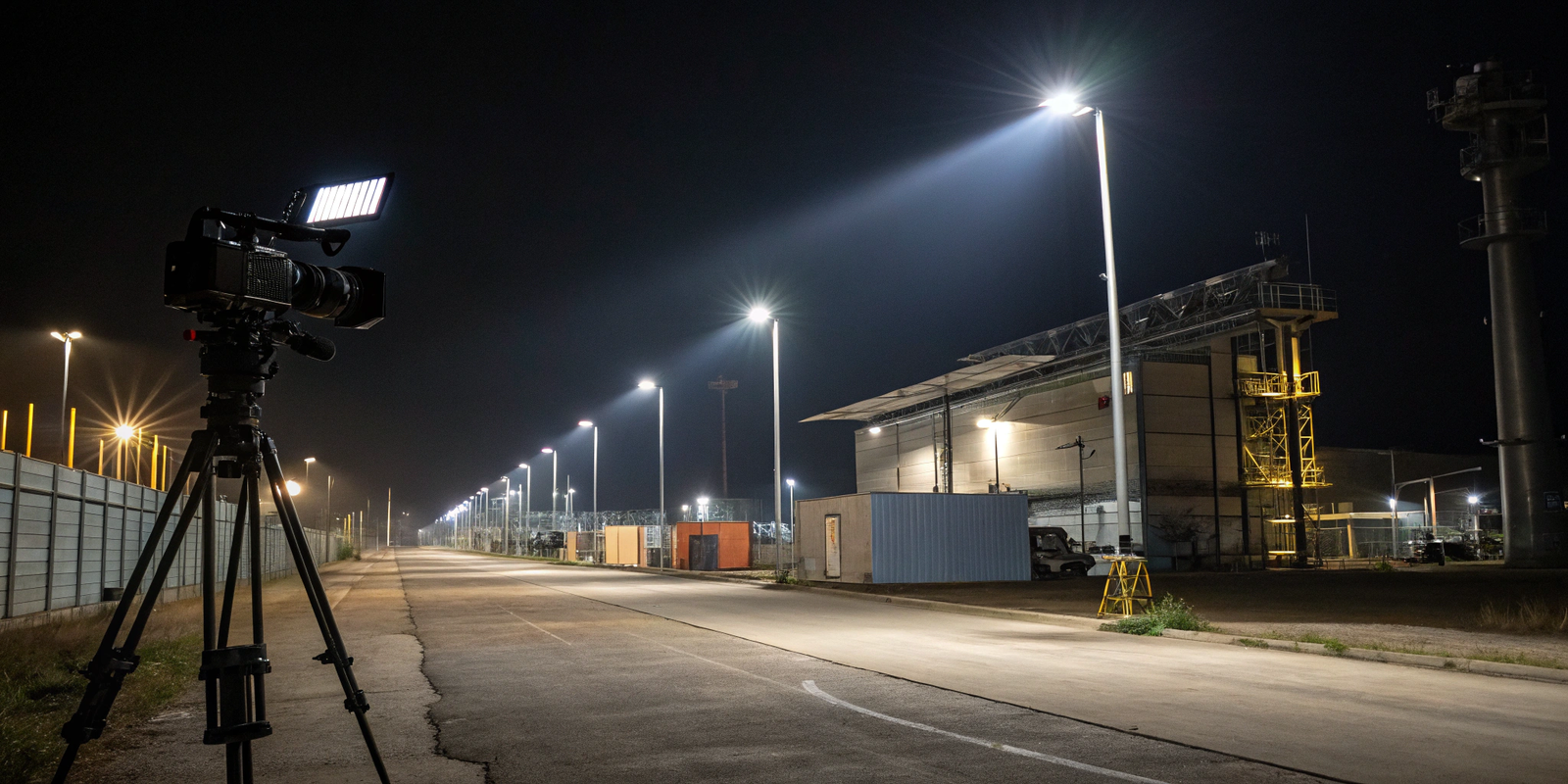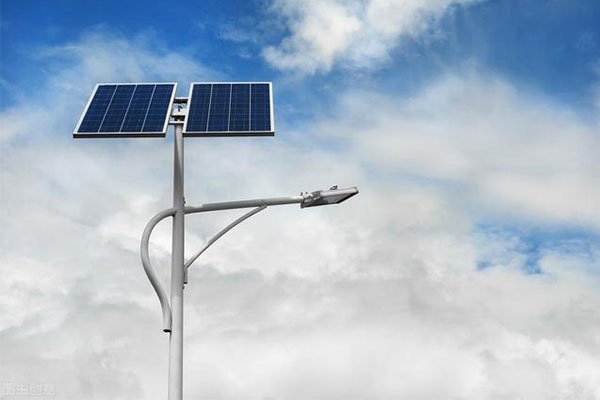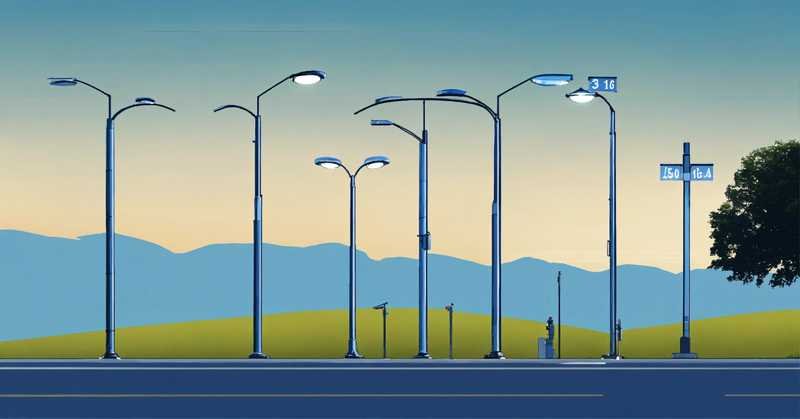All-in-one solar street lights are changing the way cities, communities, and contractors approach lighting. But what exactly are they, and how do they work?
An all-in-one solar street light combines a solar panel, LED lamp, battery, and controller into one single unit. It operates automatically—charging during the day and lighting up at night—without any wiring or grid connection.
They are modern, efficient, and ideal for anyone seeking simple, reliable outdoor lighting. In this article, I’ll break down how they work, how they’re different from other models, and how to choose the right one.
What is the difference between integrated and semi integrated solar street lights?
Many customers ask me about the difference between “integrated” and “semi-integrated” solar lights. Let’s clear this up first.
Integrated (All-in-One) lights have everything—LED, solar panel, battery, controller—built into one unit. Semi-integrated lights separate some components, usually placing the battery or panel externally.
This impacts cost, ease of installation, and maintenance.
🔍 Key Differences Table
| Feature | Integrated (All-in-One) | Semi-Integrated |
|---|---|---|
| Design | Compact, single body | Separate panel or battery |
| Installation | Quick (plug-and-play) | Moderate (needs wiring) |
| Maintenance | Easier, fewer failure points | Harder, more exposure risk |
| Application | Urban & residential areas | Rural, high-power projects |
| Aesthetics | Sleek and modern | More industrial look |
From my experience, all-in-one models work best in parks, walkways, and neighborhoods—where appearance and simplicity matter. Semi-integrated setups are better for high-traffic roads or large parking lots that need more power.
How do I choose a solar street light?

Choosing the right model isn’t just about brightness. You need to consider where it’s going, how much sun the location gets, and what kind of control features you need.
Choose a solar street light based on location, lumen output, battery size, panel wattage, and climate compatibility. Don't forget to check for motion sensors and waterproofing.
🔧 Key Factors to Consider
1. Application Area
Different places need different lights.
| Location Type | Recommended Wattage | Must-Have Feature |
|---|---|---|
| Pathways & parks | 20W–40W | Motion sensor, sleek design |
| Residential roads | 40W–60W | Wide beam, good CRI |
| Industrial compounds | 80W–120W | Strong battery, MPPT control |
2. Solar Irradiance
More sun = faster charging. Less sun = bigger panel or better controller needed.
If you're in a cloudy area, look for:
- MPPT controller
- Oversized battery
- Fast-charging solar panel
3. Battery Capacity
This affects how long your light lasts at night. For rural areas with limited sunlight, go for longer backup hours (12–16 hours).
4. Budget vs. Performance
Low-cost models often cut corners on:
- Battery quality
- Waterproof housing
- LED lifespan
I always advise clients to check certifications (CE, RoHS) and request warranty coverage.
What is the disadvantage of solar street light?
Solar lighting is powerful, but it’s not perfect. Knowing the downsides helps avoid surprises.

The main disadvantages include dependency on sunlight, limited energy storage, higher initial cost, and some theft risk in certain areas.
🧱 Limitations to Be Aware Of
1. Sunlight Dependence
If your area has frequent rainy seasons or buildings that block light, performance may drop.
2. Initial Investment
Quality solar lights are more expensive upfront than conventional lighting. But remember—they save money over time by cutting electricity and cabling costs.
3. Battery Degradation
After 3–5 years, lithium batteries may begin to degrade, especially in high-temperature regions.
4. Theft & Vandalism
All-in-one lights are often standalone, so in areas with low security, they can be more vulnerable to theft.
At Huaweilight, we combat this by integrating anti-theft brackets and offering models with tamper-resistant screws.
How do you size a solar street light?
Sizing your light right means it performs well all year, even in bad weather. Oversizing wastes money. Undersizing causes failures.
To size a solar light correctly, balance energy demand (LED wattage + usage time) with energy supply (solar panel output + battery size).
🧠 Simple Sizing Formula
Let’s break it down with a basic example:
Step 1: Calculate Daily Consumption
Light Wattage × Hours per Night = Total Watt-Hour
e.g. 40W × 12hr = 480Wh
Step 2: Factor in Battery Efficiency (90%)
480Wh ÷ 0.9 = ~533Wh required from battery
Step 3: Choose Battery Size
A 12V lithium battery with ~45Ah capacity gives:
12V × 45Ah = 540Wh
Step 4: Size the Solar Panel
Let’s assume 5 hours of sunshine/day:
Required daily charge = 533Wh
Panel Wattage = 533Wh ÷ 5hr = ~110W
So, you’d need:
- A 12V 45Ah battery
- A 110W+ panel
- A 40W LED light
💡 Real World Tip:
Always size 20–30% higher than your minimum to allow for:
- Dust on panels
- Battery aging
- Unexpected cloudy days
That’s why, at Huaweilight, we always run simulations based on your location's solar irradiance map to recommend the best sizing.
Conclusion
All-in-one solar street lights are smart, efficient, and easy to install. They’re ideal for residential, commercial, and off-grid use—but only if you understand how they work and size them properly.
Looking for reliable, long-lasting solar street lights? Contact Huaweilight today for tailored sizing, tech specs, and expert consultation.







